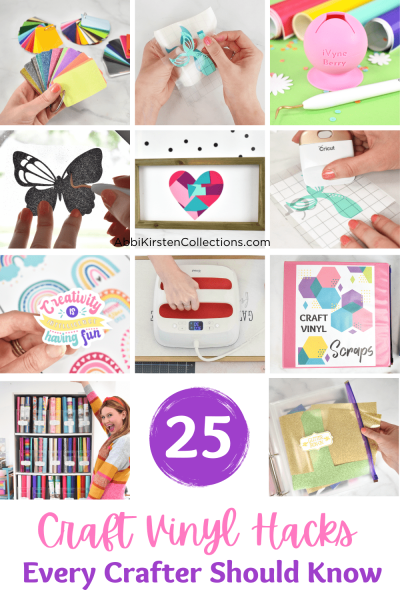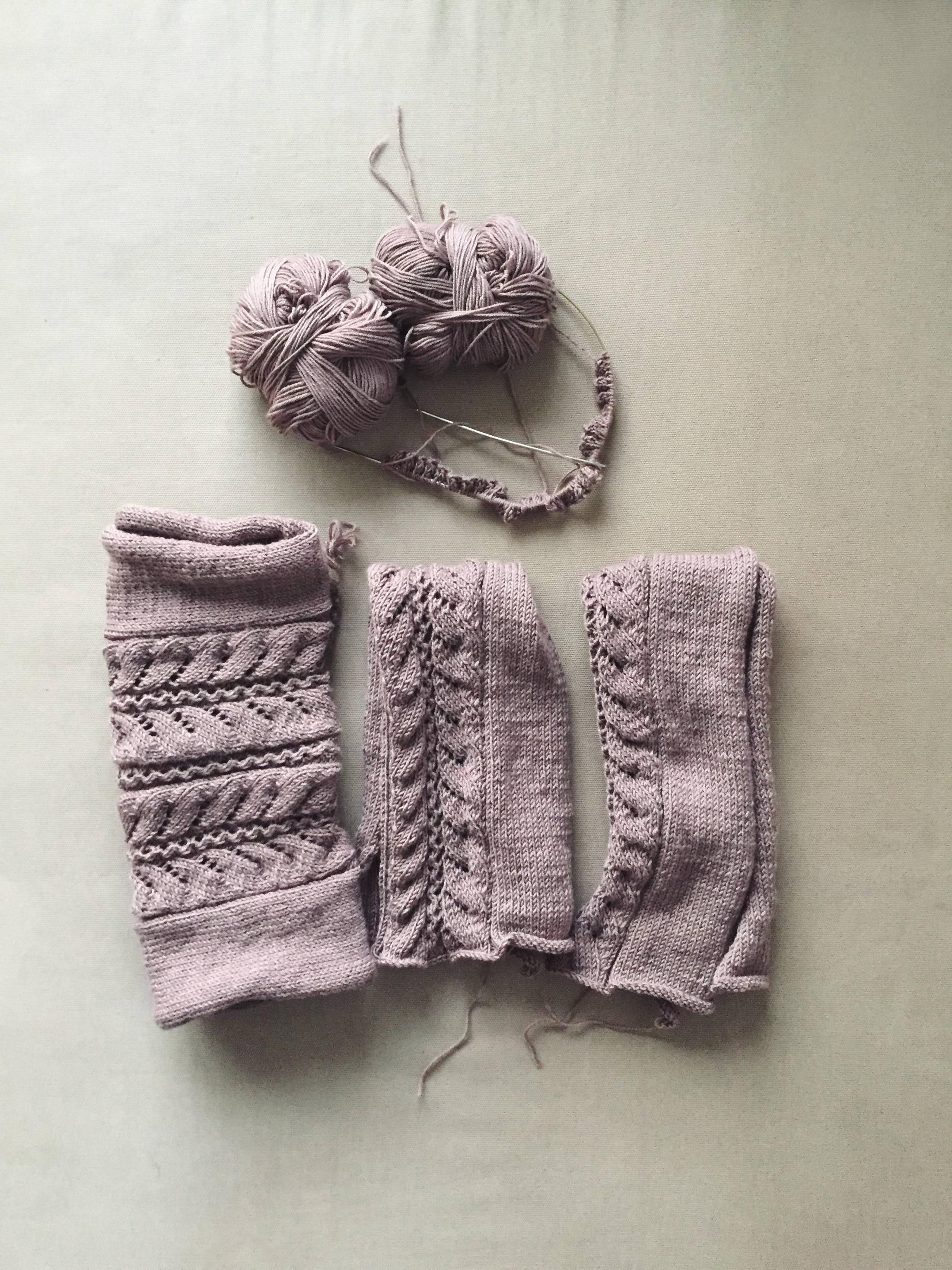
Wrapping and turning are great techniques to use when making a hat. This two-step technique connects two stitch and is used for shaping accessories like gloves or hats. This tutorial will show you how to use this helpful knitting technique.
While wrapping and turning isn't the easiest thing to do, it's worth a try. This technique can be used to make socks more elegant and to give a scarf or shawl a bit more bustle. It is also an excellent way to sew rows together without creating holes. You can also practice the technique on scrap yarn.

Wrap and turn is a 2-step process. It starts with the knitted wrap then ends with the purled turning. You may have to do one or both, depending on the particular pattern. The knitted wrap is typically a small band at the base of a single stitch that sits on one's left needle. It is a good idea that you mark this area with a stitch marking device. It will be easier to identify the right needle to use later.
The knitted wrapping should be snug. The wrap is knit along with the stitch as you come across it later in the pattern. While you are knitting the wrap, be sure to keep your yarn in the same place. You can see this when you look at the end result. The finished product will look longer than your beginning stitch. You may even notice a slight loop towards the end.
The trick's purl counterpart is similar but requires you to move the working yarn onto the other side. This means that your purl wrap and turn should always be your right. This might be simpler than you realize. The wrap can be placed over your purl side of the stitch, then lifted it off your left hand. You will then need to insert the tip end of your right hand needle into the wrap. You may need to slip your needle into the wrapped stitch in order to pull the yarn through.
It is best to look at patterns to help you understand how to do this. You'll find that most patterns include instructions on wrapping and turning. The best part about this is that the instructions are usually short and sweet. To get an idea of the technique, you can knit a row of very short rows. These are helpful when you want to knit a row of knitted stitch together without creating a hole. They'll help you to identify the tricky ones.

It is also a good idea, before starting larger projects, to practice knitting short rows. These are a fun, easy way to join rows without creating a large hole in your work.
FAQ
What kinds of hobbies are appropriate for introverts.
Introverts can concentrate on one thing at the same time. They prefer solitude, such as reading, writing music, or watching movies.
They also enjoy spending quiet time alone. They do not like to socialize all day. In fact, they often find themselves bored when surrounded by people.
Introverts are often drawn to hobbies that require solitude. You might find them reading books, listening, playing music, taking photos, writing poetry or painting.
Introverts may even prefer to live alone. They are able to concentrate on their hobby while not being distracted by other activities.
What are collection hobbies?
Books, movies music, comics and video games are some of the most popular collections.
You can also collect anything from stamps to coins to cars to dolls to action figures to model kits to figurines to art supplies to tools to kitchen utensils to jewelry to watches to gadgets to clothes to furniture to antiques to...
I think you get the point.
How do you get started with your new hobby or interest?
The first step toward starting any new hobby is to decide what kind of activity you'd like to pursue.
Once you have decided on your subject, passion is the key.
Understanding why you are interested in a hobby is important. It will provide you with direction and purpose.
After you have decided on the type of hobby you want to pursue, it's time to start planning.
Take a look at the equipment you will need.
You should consider whether or not you will need to take classes or attend seminars.
Ensure that you have enough space for your hobby.
You might also consider joining a club. These groups can offer support and guidance.
Consider how much money you would have to spend on your hobby.
What are your educational hobbies and interests?
An educational hobby can be defined as an activity in which you learn something through doing it. You could choose to learn how to play an instrument or play sports.
The key thing is that it should be fun and enjoyable for you. You don't necessarily have to do this all the time. But if it becomes boring, then think about what you could be doing.
You should also make sure that you are not spending too much money on these activities. It could end up costing your more than it's worth.
Statistics
- A new survey by Pew Research Center of teens ages 13 to 17 finds that 36% of girls feel tense or nervous about their day every day; 23% of boys say the same. (pewresearch.org)
- Studies show that just six minutes of reading can reduce stress levels by 60 percent. (oberlo.com)
- The intensity of the dialogue partners' bond at the end of the forty-five-minute vulnerability interaction was rated as closer than the closest relationship in the lives of 30 percent of similar students. (time.com)
- The Role of the Mind in Sex, Dating, and Love: Men in the “humor” condition received phone numbers from 42.9% of the female participants and were refused 57.1% of the time. (time.com)
- Almost 80% of people claim to have no hobby. (hobbylark.com)
External Links
How To
How to Begin Baking
Baking is the art of making food out of flour, eggs sugar, butter and other ingredients. Baking involves the use of flour, fats sugars, leavening agent, salt, and water as the main ingredients. This article will explain how to make loaf. We will be using common ingredients such wheat flour and yeast as well as butter, olive oils, butter, egg whites (milk powder), eggs whites, egg yolks, salt, honey, water, and butter.
Mix these ingredients together to make bread. First, add the dry ingredients, flour, yeast, and salt to your mixing bowl. Then, add the dry ingredients (flour, yeast, salt) to your mixing bowl. Combine them. The honey should be added to the dough. Knead the dough until it is smooth. Allow the dough to rise for about 30 minutes. After rising the dough should be firm and elastic. The dough can be rolled out and placed on a baking sheet. Bake at 180°C for fifteen minutes.